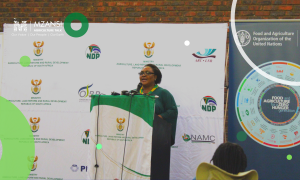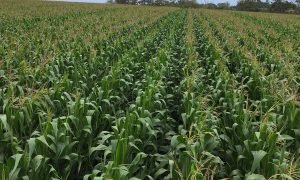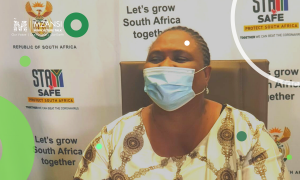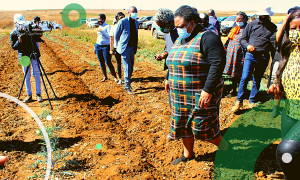There is an overwhelming consensus amongst farmers, policymakers, and researchers that to create more jobs and enhance food security in South Africa, the agricultural sector needs to be grown on an inclusive basis. Minister Thoko Didiza, delivering her budget vote on 16 July 2019, also concurred with the idea and encouraged all stakeholders to make a concerted effort to grow the sector on an inclusive basis to ensure no-one is left behind. But what does an inclusive agriculture mean? What initiatives have been created to achieve it? What is a success measure of an inclusive agriculture?
An inclusive agriculture could mean various things to different players in the sector. However, the most commonly used definition is provided in Chapter 6 of the National Development Plan. It states that an inclusive agriculture and rural communities means a “better integration of the country’s rural and farming areas, achieved through successful land reform, job creation and poverty alleviation” The NDP further states that the driving force behind an inclusive agriculture is equitable access to land, water rights, quality education as well as expanded and better access conditions to markets, particularly exports markets for all farmers. Given that all stakeholders endorsed the NDP in 2012, it is safe to say that there is a common understanding of what an inclusive agricultural economy means.
To achieve an inclusive agricultural growth, both public and private sector players have initiated some programs including the Comprehensive Agricultural Support Program (CASP) and Comprehensive Rural Development Program (CRDP) in government and set-asides on statutory levies and agricultural trusts in the commodity associations. Both public and private sector programs have primarily focused on upskilling and increasing the number of smallholder farmers. The private sector using 20% set-asides on industry levies and trusts spent about R180 million per annum on supporting smallholder farmers. On the public side, government through CASP and CRDP spent an average of R3.6 billion per year, which is distributed to farmers via provincial structures. The performance assessment of all support programs reveal that the number of smallholder farmers supported has been increasing over the recent past. Each commodity association is currently supporting an average of 23 smallholder farmers per year with training, enterprise development, and farm inputs. Under the state programs, the number of smallholder farmers averaged 3 345 per year, which also include subsistence farmers that produce solely for own consumption.
The increasing number of smallholder farmers supported gives an impression that these programs are impactful in creating an inclusive agriculture. While this may be true when measuring the number of farmers participating in the formal agriculture, however, the share of smallholder farmers in commodity output remains negligible, which has inspired radical calls amongst the young farmers and graduates to speed up the transformation in the sector. It is estimated that smallholder farmers’ share in commodity output is less than 12%, also taking into account the BEE share scheme production. Moreover, the contribution of smallholder farmers to job creation is not improving which makes commercial farmers the main producer of jobs and food in the country. Based on these numbers, it evident that an increasing number of smallholder farmers supported does not necessarily translate to more output and jobs – the two indicators that are critical to reduce poverty and unemployment in the country.
The data on smallholder farmers share in commodity output and job creation is poorly collected by both the private and public organization due to their limited focus on monitoring the expenditure per farmer and the number of smallholder farmers supported. With the report by the presidential advisory panel on land reform released a week ago, it is likely that land redistribution will be prioritized in the next five years. This will lead to more and more smallholder farmers seeking support to meaningfully participate in the formal agricultural value chains. To genuinely measure the success rate of smallholder farmers’ support programs both from public and private sectors, there is a need to focus on production and job creation capabilities rather than focusing on the number of farmers supported. Monitoring the transformation of the agricultural sector using the share of smallholder farmers on commodity output and job creation will give a true sense of progress in transformation and growing the sector on an inclusive basis. These are two indicators that both the private and public sector players should start focusing on as a success measure of an inclusive agricultural economy.
By Dr Sifiso Ntombela, sifiso@namc.co.za




















